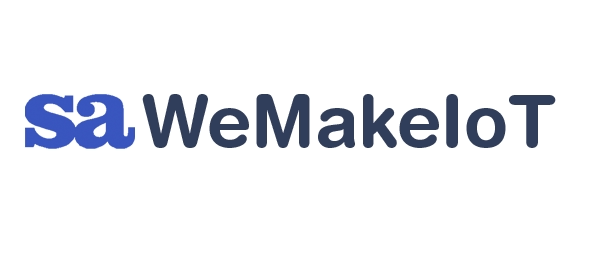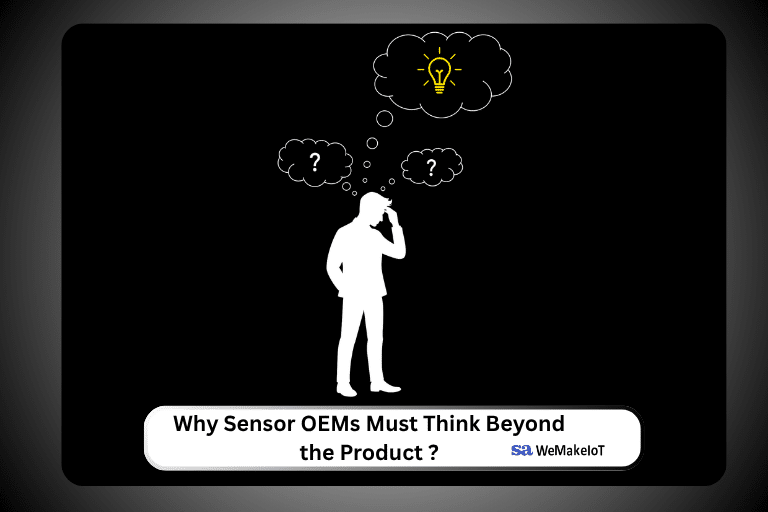Part 1: Why Sensor OEMs Must Think Beyond the Product?
Sensor manufacturers once thrived on hardware innovation. But now, that alone isn’t enough. Today, sensor OEMs face shrinking margins, shorter product cycles, and rising competition. While the sensors are getting smarter, the real value is shifting from the product to the platform.
The Shifting Value Stream
Traditionally, the product journey was simple: OEMs built sensors, sold them, and moved on. However, as industries embrace IoT, the need for end-to-end data solutions has grown. Merely manufacturing sensors limits long-term value. Instead, platforms offer something better: scalability, continuous engagement, and recurring revenue.Moreover, platforms allow sensor data to be contextualized and acted upon in real-time. This unlocks data monetization opportunities that static products never could.
Product Thinking vs Platform Thinking
Sensor OEMs often focus on features like power efficiency, accuracy, and form factor. These attributes matter, but customers are also looking for connectivity, visibility, and insights. A platform mindset allows OEMs to evolve from being just hardware providers to solution enablers.Furthermore, platforms are not limited by geography or device count. Once built, they grow exponentially and create network effects. As a result, OEMs can reduce churn and build stronger relationships with customers.
Benefits of Platform Transformation
The shift to platforms brings multiple advantages:- Recurring Revenue: Instead of one-time sales, offer subscriptions for dashboards, analytics, or remote monitoring.
- User Insights: Platforms provide feedback loops, helping OEMs improve design, support, and performance.
- Customization: Through APIs and dashboards, users can tailor their experience.
- Faster Iteration: OTA updates, device provisioning, and remote diagnostics reduce dependency on field visits.




